Leaving Argentina
The day started well. As you know, Dennis’s favourite sports are rugby, football and cricket. Mine is tennis. This morning my favourite player, Novak Djokovic, was playing Carlos Alcaraz in the quarterfinals of the Australian Open. Novak won in four sets, so this was a good start to my day. It had also dawned very warm and by breakfast time was already hot.

The border with Uruguay was not far away. We came across a very long queue of trucks and thought we had reached the border. We drove to the front of the queue and pulled over. We were just about to get out and find out what the procedure was, when a policeman came along and waived us through.
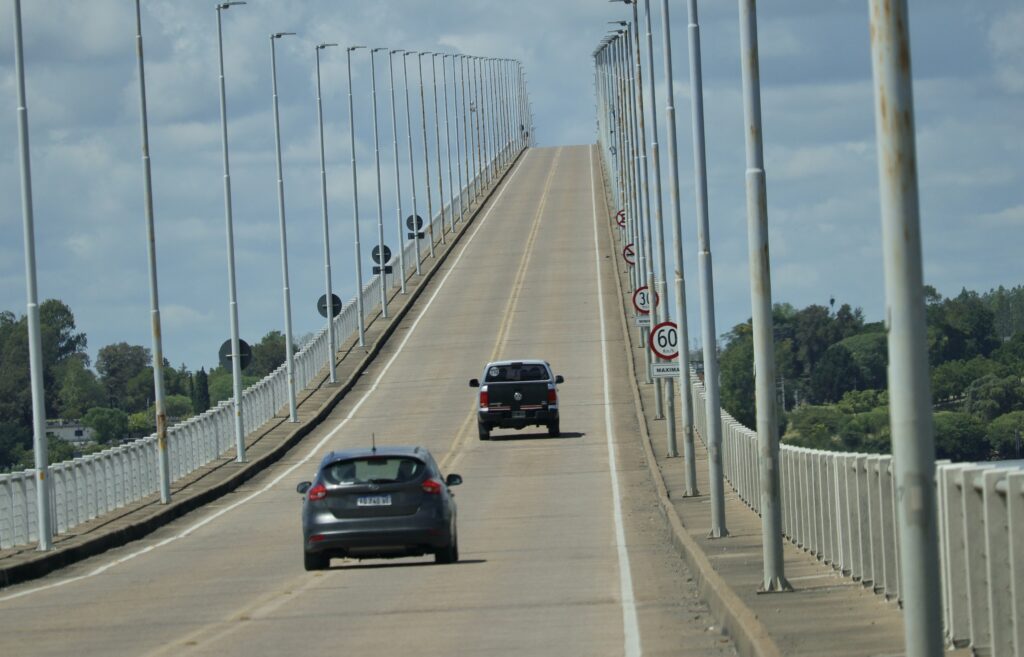
Next we came to a large bridge which we had to pay a 10,000 peso toll to cross. The bridge spans the enormous Uruguay river. On the far side we found the border, at Fray Bentos. At this border you stay in your car and drive to the various kiosks. A man came to Poki and took our Argentinian TIP (Temporary Import Permit) for cancellation. This was it for Argentinian procedure.
The first kiosk was Uruguay Immigration where our passports were stamped. We were then directed to go to the last kiosk to Customs. Here we were asked to alight from Poki and go to another desk. The young lady here was obviously new as she had to keep asking another officer for advice. It took a little while, but the whole process had taken us less than half an hour.
Fray Bentos
We found a money changer immediately over the border. We had a lot of Argentinian pesos left. I thought the exchange rate being offered was very poor. Now in Uruguay my phone with an Argentinian SIM was no longer working, so we couldn’t check the rate of exchange. I knew we had to get a Tourist Toll Sticker in Uruguay before we could pass through any tolls, so wanted to have some cash for this. We just changed a small amount.
Once in the centre of Fray Bentos we stopped at a supermarket to restock. We had been warned Uruguay Customs could confiscate all fruit/vegetables/eggs/meat etc, so had run supplies right down. However, they didn’t even look in Poki. Fortunately the supermarket took a card. Most places in South America have done so.
Next was a place to recharge the Uruguay SIM which Lilian and Rob had kindly given us. Easily found, so now we were pretty much all set to go. We found a shady spot in the town square to have lunch and then set off for the Fray Bentos factory museum. The palm trees in the square were full of screeching parakeets.
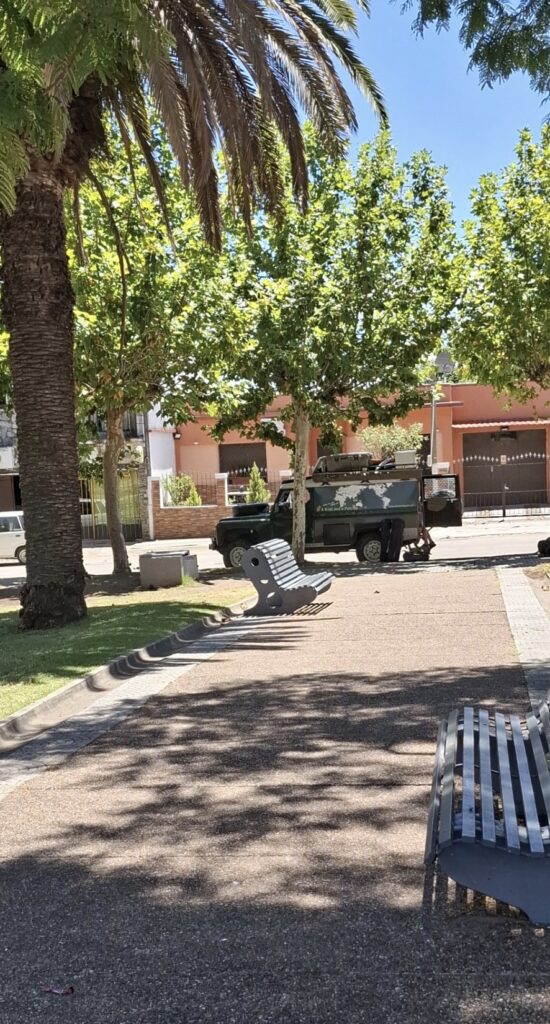
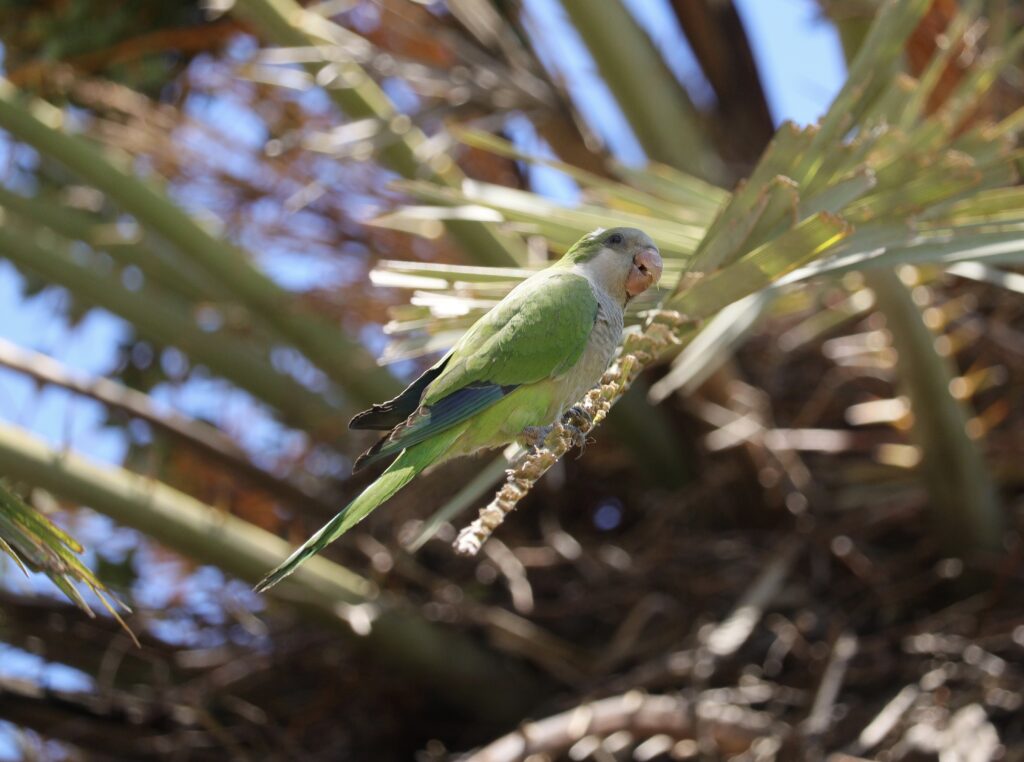
Fray Bentos Factory Museum
I had assumed everyone must have been familiar with Fray Bentos and corned beef. However, this is obviously not the case as Dennis told me he had never heard of it. Perhaps the younger generation in the U.K. may be unfamiliar as well. However, in my youth Fray Bentos was pretty much a household name with everyone eating it’s meat products, like corned beef, tinned steak and kidney pie and oxo cubes.
The factory was established in 1863 by the Liebig family and operated for 117 years until 1979. It was taken over by the British Anglo Company in 1924. It was a vast meat processing complex. During its peak operating period it was employing 5,000 workers and slaughtering. Between 1000 and 2500 head of cattle per day. At this time there were 10 heads of cattle to every person in Uruguay, but imports also came from neighbouring Argentina, Paraguay and Brazil.
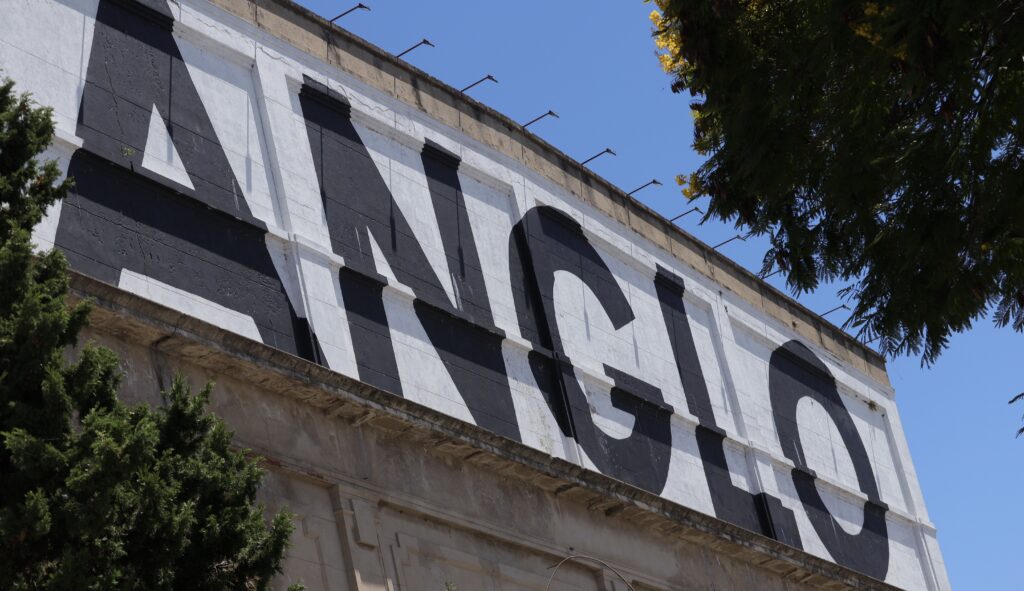
As Dennis had never heard of Fray Bentos corned beef, it was probably not marketed in Oceania, with Australia and New Zealand having their own meat products. The main markets were Europe and North America. During the First World War the company supplied the allied troops with 200 million cans of corned beef.

Another perhaps even more famous product of the factory was the oxo cube. Soldiers during WW1 were also supplied with these. Jules Verne, Stanley, Scott of Antartica and Edmund Hilary all took oxo cubes on their expeditions. 32 Kgs of boneless meat were condensed into just 1 kg of meat extract. This provided all the taste and nutrients of the real thing.
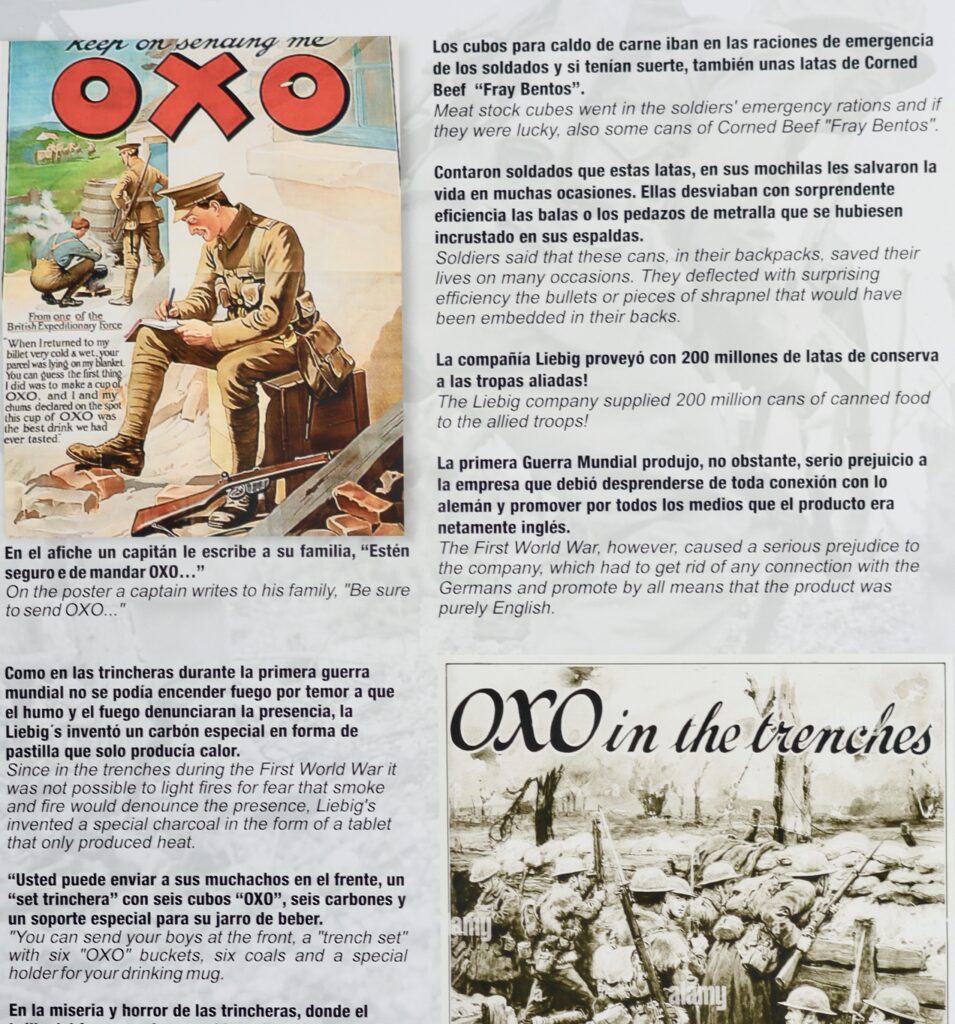
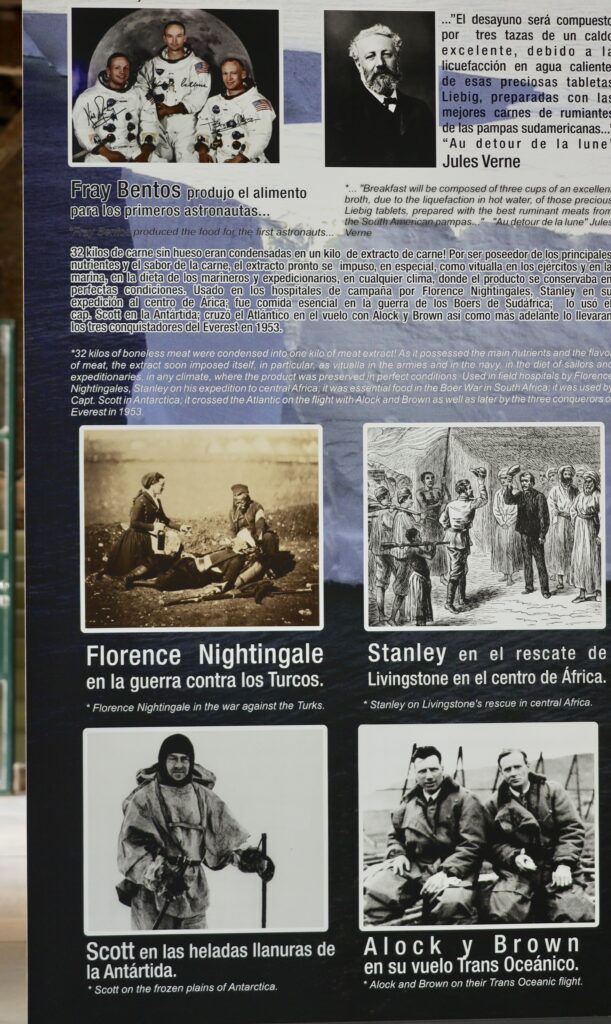
The factory remains exactly as it was left after operations ceased, although it is decaying. The vast machinery room produced electricity to run the equipment and for the town. It had electricity 4 years before the capital city, Montevideo. The refrigeration room could store millions of kilograms of meat.
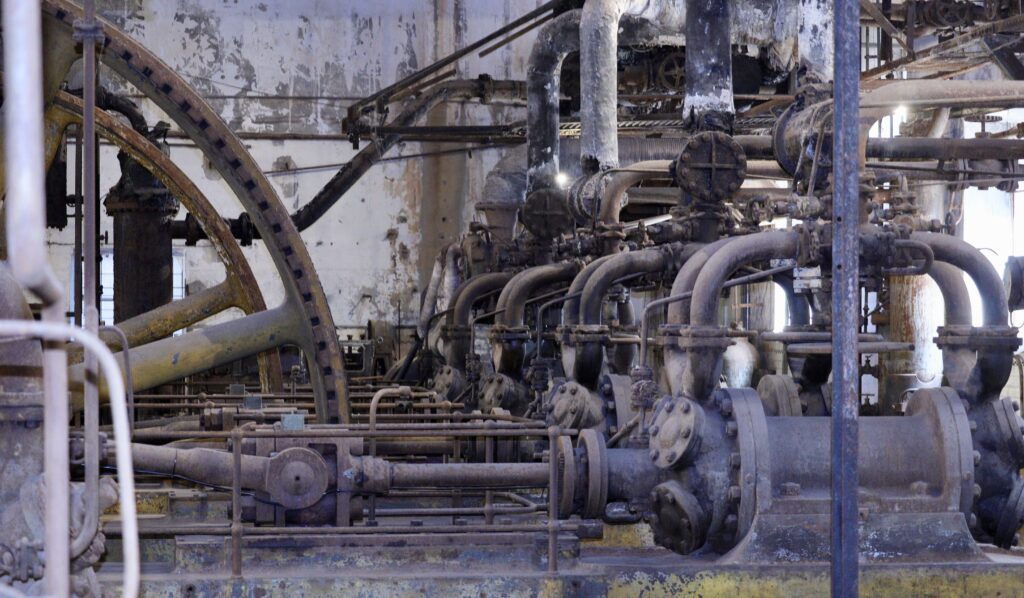
The factory processed every part of the animals and even had workshops producing clothing for the workers. It was an entire self supporting community. It was totally devastating for the town when the factory closed. Now it is a pleasant, laid back sort of place. It was a fascinating visit.
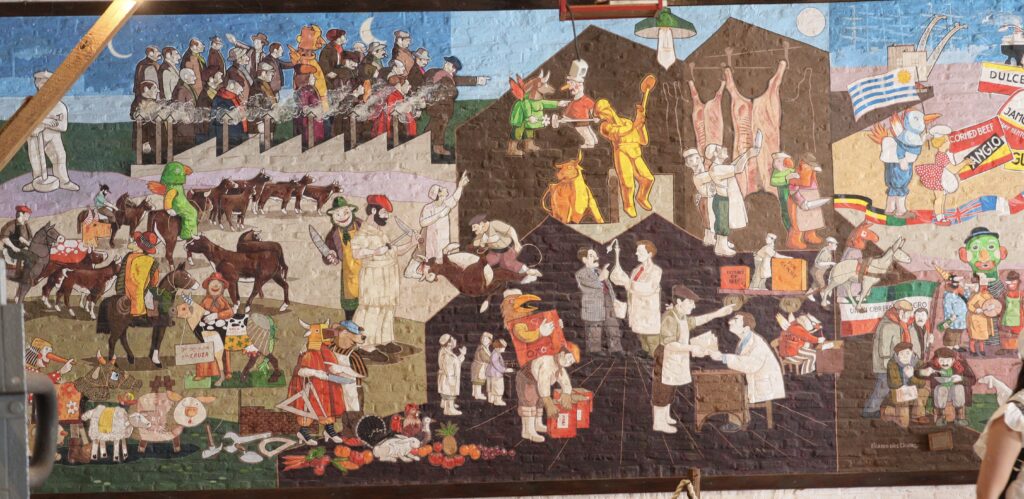
We continued south and came across a toll where we had to go to the neighbouring office to purchase the Tourist Toll sticker. Once we had the sticker in place on the windscreen we proceeded through the toll barrier. There was absolutely no problem with Dennis’s newly constructed and painted number plate. It worked perfectly. Thank you to Lilian and Rob for pointing out the toll situation in Uruguay. Without this we would have had problems with our damaged number plate.
Tonight we are camped in the town of Dolores in another huge park that permits camping, for free. It is busy still at 21.30 with ball games, walkers, motorcycles etc., but we hope will quieten down soon.
Views: 59

Fray Bentos corned beef, I remember it well. Mid week regular in my childhood, but can’t say I really enjoyed it.
I think it is yuk! Never liked it. x